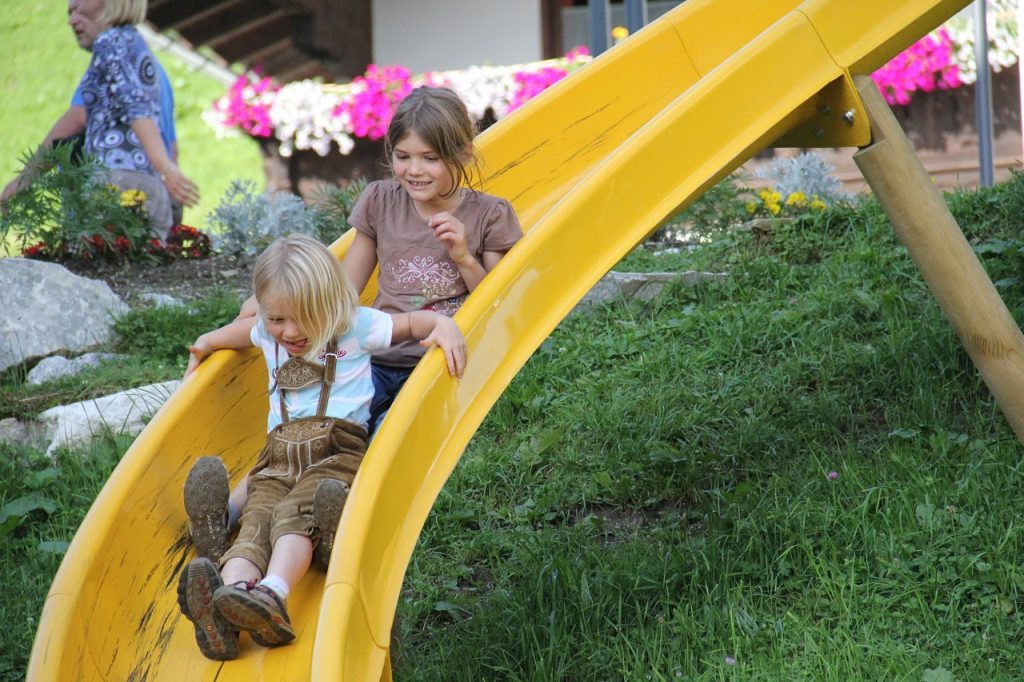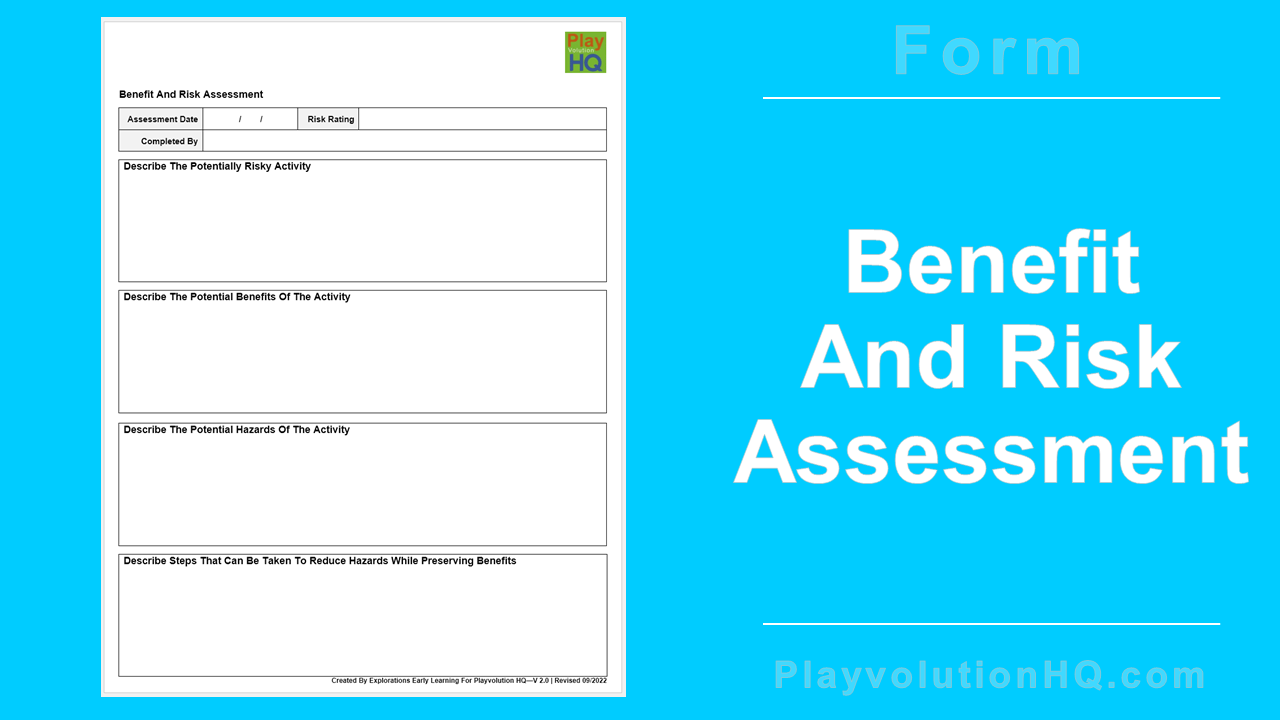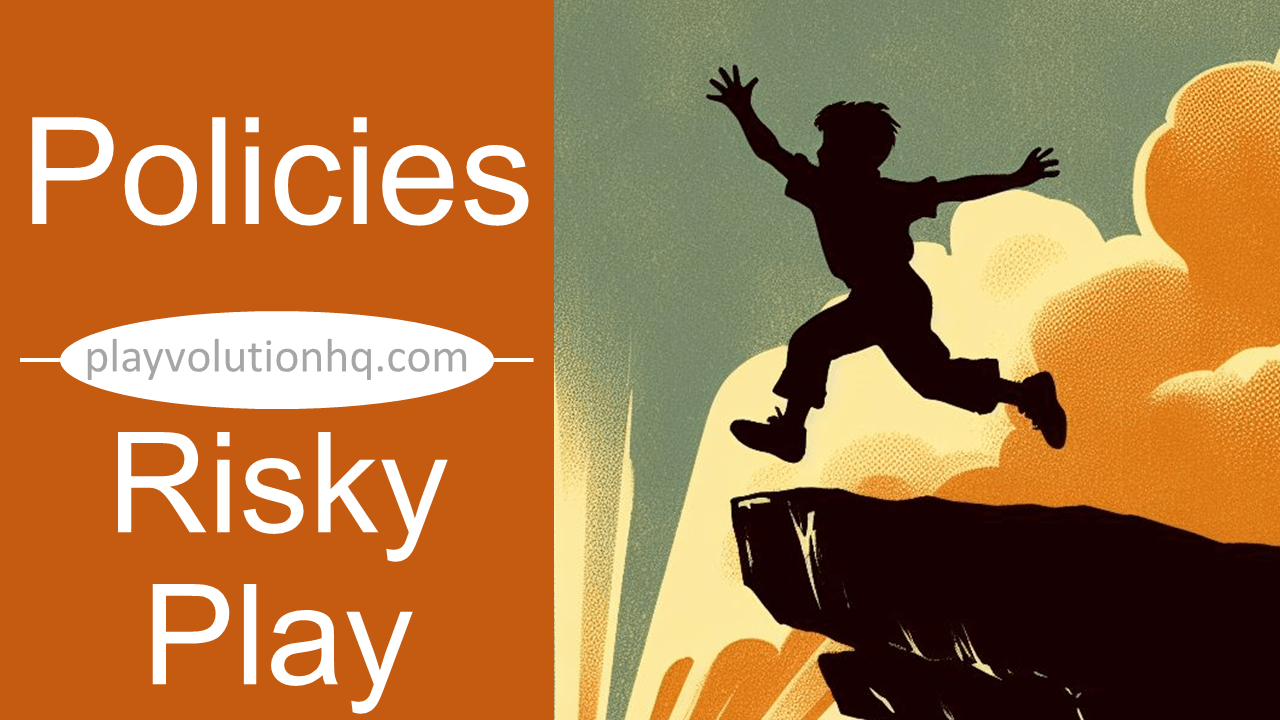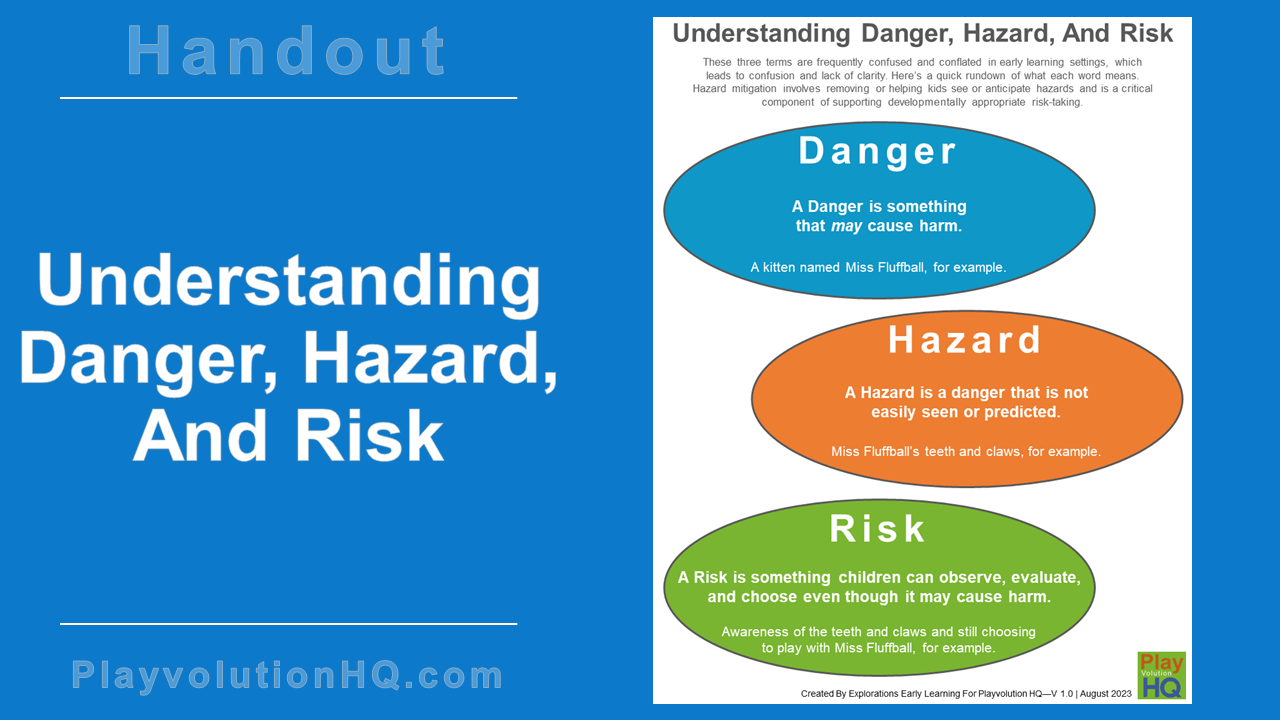
Table of Contents
Many adults disagree, but there are many ways to let children go down the slide. This post takes a look at some of them.
More Than One Way To Slide
Some believe that there’s only one right way to go down a slide–seated on your butt, legs straight, and alone. Some think other ways are too dangerous, some were told a version of ‘that’s the way we do it here’ and accepted it as the law of the land, and some remember that’s how they were expected to use the slide during their childhoods.
That’s all understandable, but prohibiting all the other ways to let children go down the slide is nearly impossible to enforce consistently, boring for the kids, and fails to take advantage of all the developmental benefits of a wider slide repertoire. Allowing children to go down a slide in non-traditional ways is developmentally appropriate, fun, and safe (more on that later). Varied sliding styles provide numerous benefits that enhance children’s physical, cognitive, and social skills.
Embracing different ways to let children go down the slide encourages them to explore their environment and abilities. When children slide in different positions—such as on their stomachs, backward, or sideways—they experience varying sensory inputs and physical challenges, aiding in the developing proprioception, which is the awareness of body position and movement. Additionally, experimenting with different sliding techniques helps wire their vestibular systems and improves coordination and motor planning skills as they learn to navigate and control their movements on the slide.
From a cognitive perspective, allowing different ways to let children go down the slide promotes problem-solving and critical thinking. Kids must assess how to position their bodies, gauge the slide’s incline, and anticipate the outcomes of their actions. This experimentation helps them understand cause-and-effect relationships and develop spatial awareness. Furthermore, sliding in unconventional ways often requires children to collaborate with peers, enhancing their social skills. They learn to communicate, negotiate, and work as a team, fostering a sense of community and cooperation.
The 13 Ways To Let Children Go Down The Slide
While sitting on your backside to go down the slide is developmentally appropriate, I’ve left it off this list because, for many kids, it’s too vanilla and gets dull fairly quickly. This list offers a little bit more excitement.
Sitting Up Backwards
This option adds a 180° twist to the traditional way of sliding. Kids will find it gives the abs and proprioceptive system a workout.
Sitting Up With A Friend
Sliding with a friend adds social and logistical variables to the activity. It tends to involve lots of conversation, negotiations, and laughter.

Sitting Up With Ankles Crossed
This option only slightly differs from the traditional sliding method, but the varied leg position shifts the slider’s center of gravity. This is a good option for kids and adults tiptoeing into different slide-use methods
Sitting Up Criss Cross Apple Sauce
Children who struggle to sit still in this position in the classroom may enjoy the physical challenges it presents when going down the slide. Allowing more ways to let children go down the slide makes outside play more active and may help kids stay still when you need them to.
Kneeling
This variation requires a strong core and a bit of bravery. The steeper the slide, the more challenging it is. The back angle is critical; kids will learn they need to lean back a little bit to stay balanced. Many may find going down on their knees backward easier.
Knees And Forearms
Long sleeves and pants are best for this one. The fabric makes sliding easier because it produces less friction than skin.
Laying On Back Feet First
It’s hard to see where you’re going when sliding this way. Some kids may find that scary…and exhilarating. Opportunities to scare yourself like this in a safe environment allow you to test your limits and face your fears.
Laying On Back Head First
This one comes with even more thrill than the previous one since diving into something headfirst is always more exciting.
Laying On Stomach Feet First
As a kid, I always found this to be the most relaxing way of sliding. I wished the slide was long enough for me to take a quick nap before I got to the bottom.
Laying On Stomach Head First
This one’s a thrill because you can see the ground rushing to meet you as you zoom down the slide. All headfirst variations on this list give the vestibular system a good workout since the head is below the rest of the body. 
On Their Side Feet First
Sliding on your side gives the core a good workout. Holding this position is much more challenging than staying on your side or your back.
On Their Side Head First
This one offers all the core strengthening of the previous one, plus the thrill of going headfirst. All of the many ways to let children go down the slide challenge the body in slightly different ways.
Standing Up
The last of the ways to let children go down the slide is hard to do if you’re wearing shoes or barefoot. When I was a kid, we’d do it in our socks or with shoes on, but standing on a hunk of cardboard. Those were good times.
Safety Second
It’s understandable to be concerned about children’s safety when allowing a wider range of choices when it comes to using the slide; no one wants children to get hurt. On the other hand, too many children are prohibited from engaging in developmentally beneficial activities due to adult fear and worry. It helps to differentiate between dangers, hazards, and risks and then take steps to mitigate hazards so the activity can occur. With adult thoughtfulness and planning, all the ways to let children go down the slide listed above can be safe. That doesn’t mean there won’t be an occasional scraped knee or hurt feeling, but those valuable learning opportunities have always been a part of childhood.
If you want to learn more about keeping these ways to let children go down the slide safe, click the images in the slide carousel below:
Wrap-Up
The best way to introduce new ways to let children go down the slide is not to introduce them. Instead, create an environment where children who are feeling confident and capable can challenge themselves. Children invent ways to test their limits in such environments. Given some freedom and control, kids will invent all of the sliding variations mentioned above and more on their own, just like my buddies and I did back in the 70s.
Contribute content to Playvolution HQ
Brought to you by Explorations Early Learning
Browse Trainings

Post Author
Jeff Johnson is an early learning trainer, podcaster, and author who founded Explorations Early Learning, Playvolution HQ, and Play Haven.







Leave a Reply